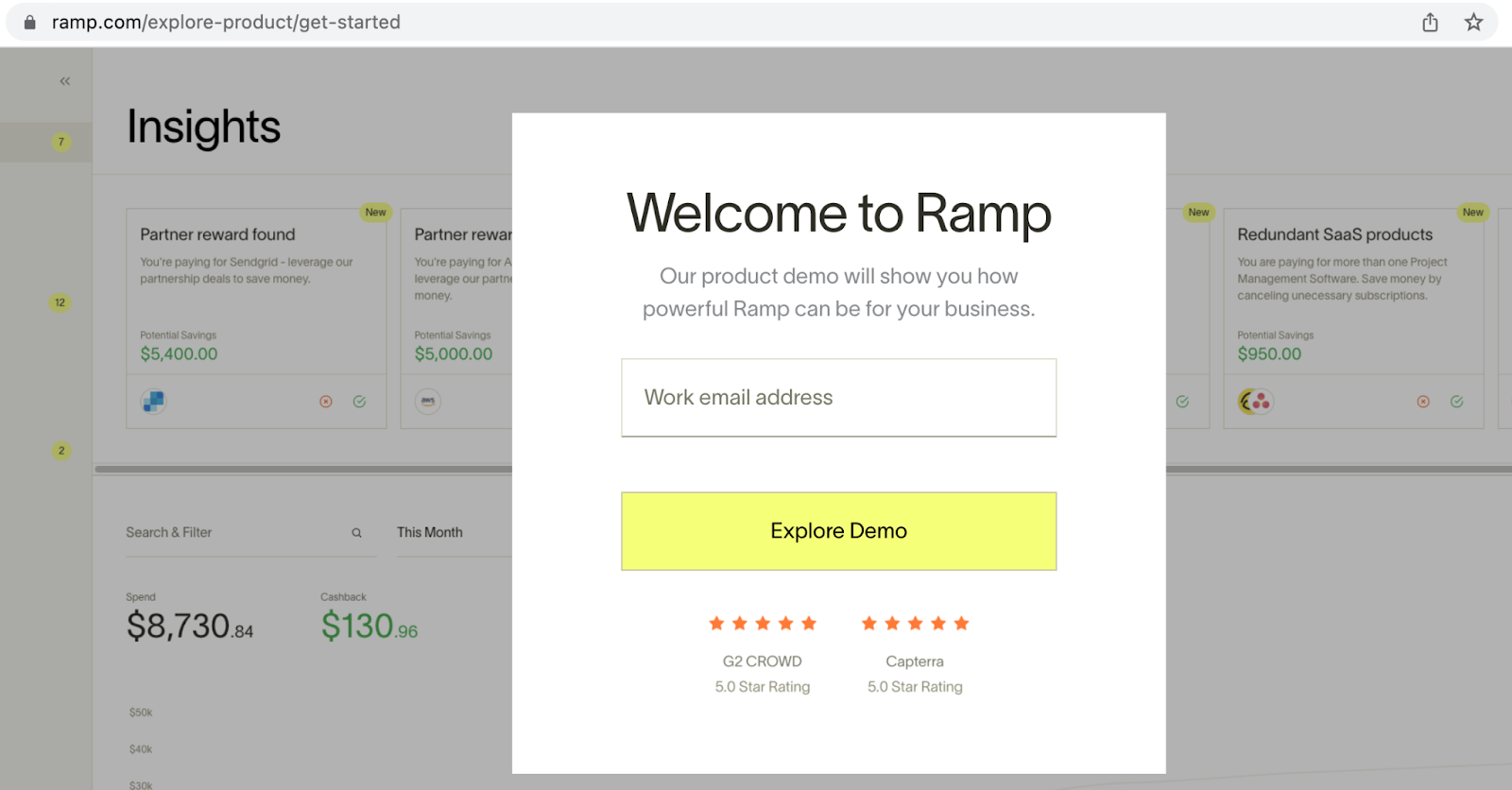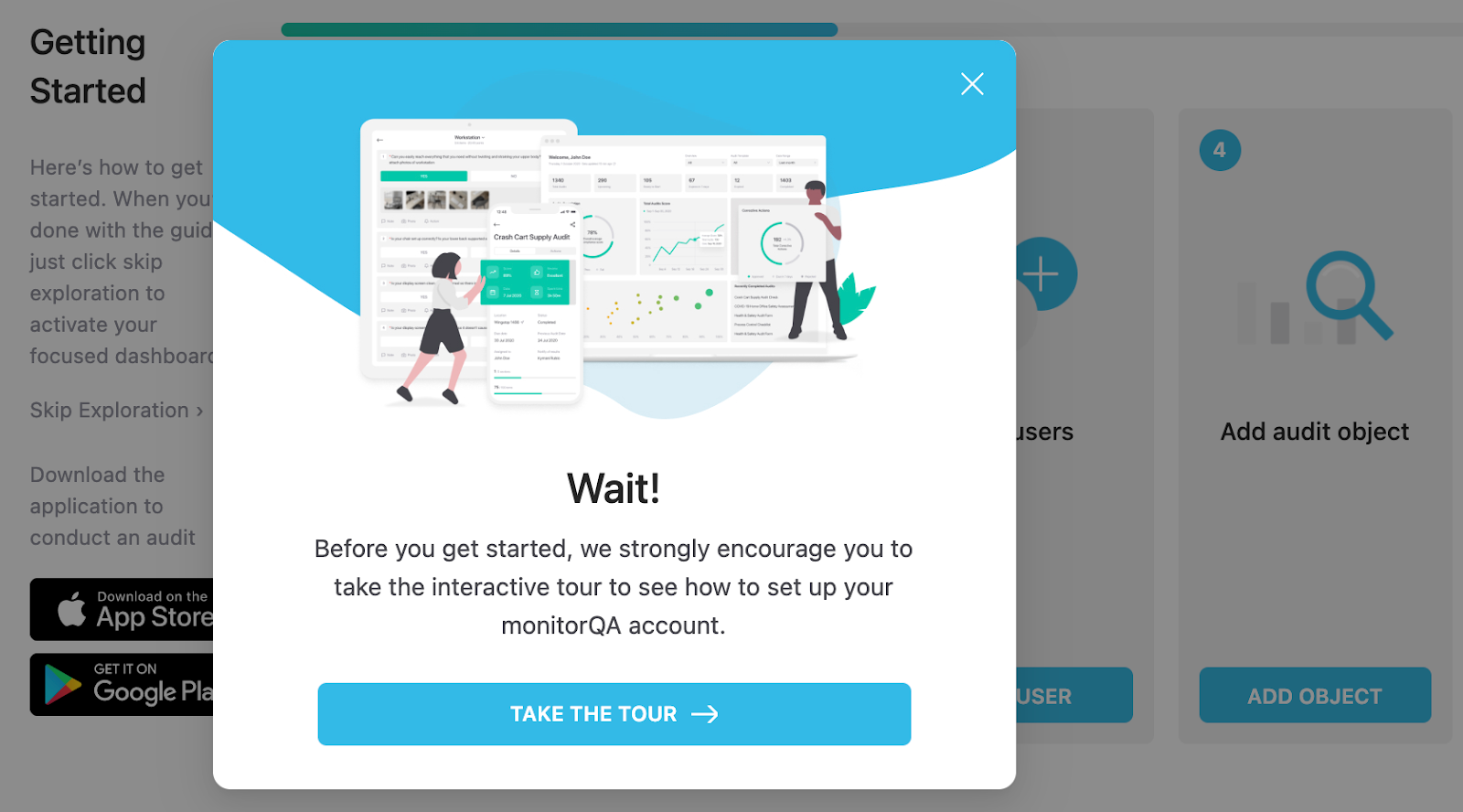Top Product Tour Learnings in 2021

Co-Founder, Head of Product
Before launching into 2022, we decided to take a step back to learn from the best teachers: our customers.
This piece will review a few insights we derived from analyzing customer usage, tour structure, and tour use cases in 2021.
Customer Usage
First up in our review was customer usage.
At Navattic, we define any view of a customer product tour as a session.
Customers who use Navattic on their marketing website saw the average number of sessions per project skyrocket to roughly 3X the average number of tour sessions. This showed that embedding a tour on a website is the best way to maximize eyeballs on your product.
Let’s break down those sessions a bit more. We had a total of 1.3k uniques demos built for all of our customers.
Within 1.3k demo builds:
- 832 total projects were created with an average of 3 projects per workspace
- 1,845 total captures were logged
- Each project got 25 daily sessions on average
Multiple projects per workspace suggests customers are experimenting with multiple use cases for their product tour or are personalizing them for different accounts or verticals.
Product Tour Structure
We wanted to look beyond usage to determine common ways of setting up a Navattic product tour.
Checklists
23% of projects used checklists to orient users and preview what they are about to see and do.
Citrix is a prime example.

The moment someone visits the Citrix Analytics demo page, they see that the tour consists of four sections, each showing off a different Citrix feature一its dashboard, performance analytics, query builder, and infrastructure insights.
The checklist progress bar advances as users walk through each component, reminding them of what they’ve learned and the value they have left to get out of the demo.
Forms
Another trend we looked into is whether or not our customers gated their website product tours (meaning users don’t have to enter their email addresses to participate). For example, above, the Citrix analytics demo is ungated.
55% of Navattic’s customers do not gate their tour. Most likely, they are focusing on prospect education, rather than lead generation.
For customers using Navattic for lead generation, we found they are using either Navattic’s native form (58% of forms) or a form that hooks directly into their CRM (41% of forms).
Taplytics, for instance, uses Navattic’s embedded form:

Connecting forms straight to Salesforce or Hubspot requires more integration work but enables more flexible lead tracking and customization.
As you can see, Ramp’s product tour added customized customer proof points at the bottom of their form.

The decision to gate your product tour depends on your marketing strategy and goals, whether it's amplifying prospect education or product-led lead generation.
How Product Tours Are Used
The last area we focused on in our 2021 review was product tour use cases.
Website
As you might expect, most of our customers feature product tours on their websites. One example we love to highlight is Front.
The tour itself guides customers through Front’s most valuable use cases step-by-step, inviting them to take part in activities themselves:

Front’s experienced a lot of success with their interactive tour, finding that the prospects they get are more excited and educated about the product, leading to greater conversions.
Emails
Xometry was witnessing this phenomenon as well, so they began directing prospects to their product tour in outbound emails.
The resulting leads had a much better understanding of the Xometry product and its main use cases, making them more qualified than leads from other traditional channels.
Educating prospects upfront made sellers’ jobs easier and shortened the overall sales cycle significantly.
Exit intent pop ups
Other customers implemented product tours as a way to prevent freemium, free trial, or website abandonment.
For example, MonitorQA’s free trial was getting a steady stream of new signups, but prospects would end up deserting their accounts after a few days.

After inserting an interactive product tour in their setup guide and email sequences to showcase the most popular use cases, they saw a decrease in abandoned accounts.
When prospects saw the pop-up and took the tour, they became more aware of how MonitorQA could benefit them, and were excited to try out the same activities in their free trial account.
Customers such as Ramp have also used product tour pop ups to decrease exit intent on their website.
So, in 2022, consider thinking of creative ways to weave product tours into your growth, content, and digital marketing strategies.